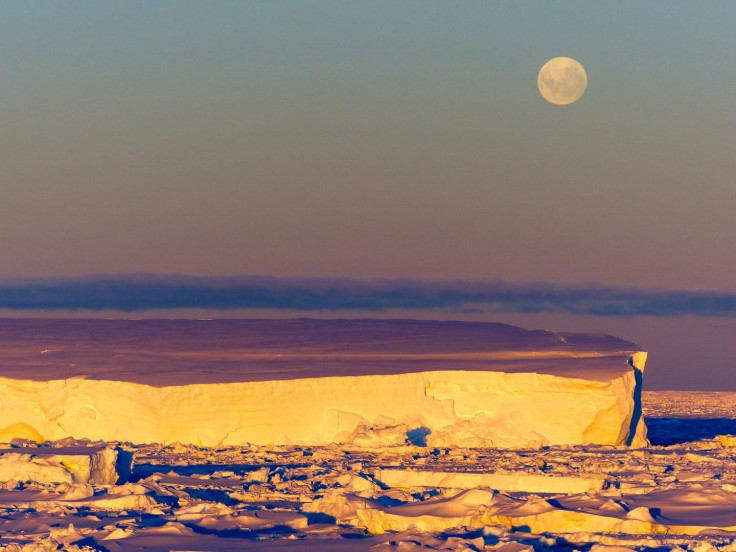Ice sheet melting at 'worst case scenario rate,' warn scientists
Melting of ice sheets and climate change poses a threat of annual coast flooding for millions across the world.
Despite the coronavirus pandemic, climate change and global warming continue to be the biggest threats to our world. And now, researchers have discovered that ice sheets in Greenland and Antarctica are melting at a "worst-case scenario" rate as established by scientists' climate change models.
According to a press release on Science Daily, the melting of the ice sheets has increased the global sea level by 1.8cm since the 1990s. A group of British and Danish researchers suggests that the sea levels will continue to further rise 17cm and increase the threat of annual coastal flooding if climate change continues at the same pace. The alarming rate of melting ice reportedly matches the Intergovernmental Panel on Climate Change's worst-case climate warming scenarios.
The study was conducted by researchers from the University of Leeds and the Danish Meteorological Institute. As per the findings, a further increase in the sea levels can put 16 million people in danger of coastal flooding by the end of the century.
In comparison to data that was first observed by satellite in the 90s, melting in Antarctica has pushed sea levels by 7.2mm and melting in Greenland by 10.6mm. And the latest update is that the oceans around the world are rising by 4mm each year.
"Although we anticipated the ice sheets would lose increasing amounts of ice in response to the warming of the oceans and atmosphere, the rate at which they are melting has accelerated faster than we could have imagined," said Dr Tom Slater, lead author of the study and climate researcher at the Centre for Polar Observation and Modelling at the University of Leeds. "The melting is overtaking the climate models we use to guide us, and we are in danger of being unprepared for the risks posed by sea-level rise."
In addition, Anna Hogg, co-author of the study and climate researcher in the School of Earth and Environment at Leeds warns that if climate change and melting of the ice sheet continues at a "worst-case scenario" rate, the consequent increase in seal levels "will double the frequency of storm-surge flooding in many of the world's largest coastal cities."
Meanwhile, Ruth Mottram, another co-author, and scientist at the Danish Meteorological Institute states that the ice sheets are not only melting in Antarctica and Greenland but also in thousands of other small glaciers.
"In recent years, thousands of smaller glaciers have begun to melt or disappear altogether, as we saw with the glacier Ok in Iceland, which was declared "dead" in 2014. This means that melting of ice has now taken over as the main contributor of sea level rise," Mottram said.

The study compares "the latest results from satellite surveys from the Ice Sheet Mass Balance Intercomparison Exercise (IMBIE) with calculations from climate models." It is published in a journal named Nature Climate Change.
© Copyright IBTimes 2025. All rights reserved.





















